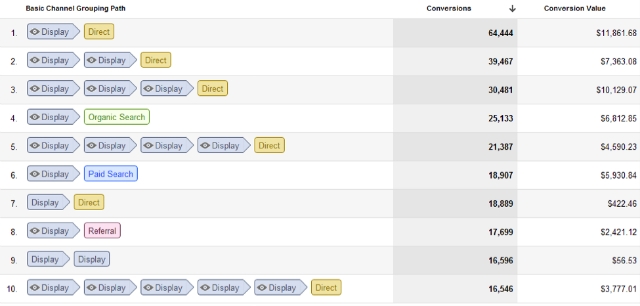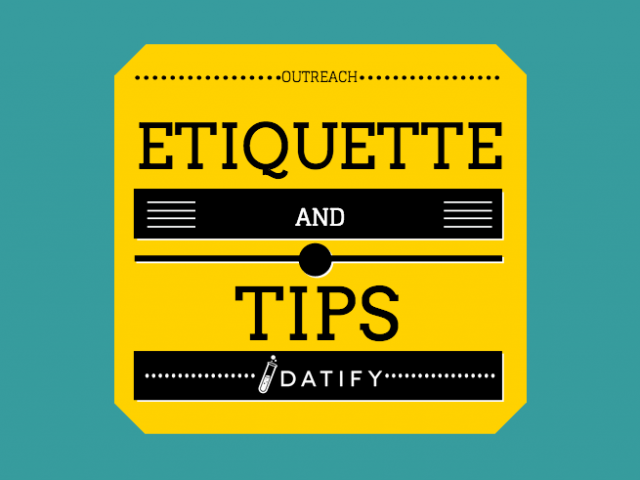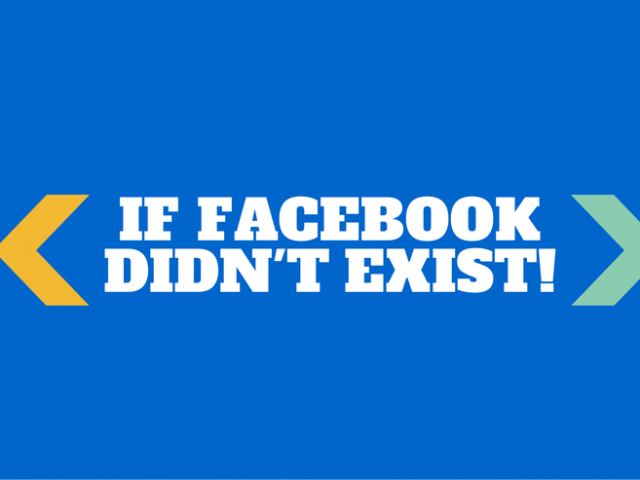Creating a paid media plan is massively important, particularly when you are embarking on a large scale campaign. The purpose of the paid media plan is to focus your attention, calculate your efforts, and ensure that you are not taking a scatter gun approach without being data informed.
The key to your media plan is to quantify your plan, based on a combination of experience, industry standards, and historical data from the client. From this data you can create estimates clickthrough rates, and estimated conversion rates, and compare these to estimated or actual cost figures.
Below is basic view of an example media plan that we have completed recently for a client:
 As you can see, we’ve tackling a few different paid media channels in one combined strategy. This top line view is based on a number of factors.
As you can see, we’ve tackling a few different paid media channels in one combined strategy. This top line view is based on a number of factors.
Consider The Audience & Platforms
First, think about who the audience are and where the campaign will best resonate with them. In this scenario, the creative is flexible enough to cover multiple platforms and the client wanted a broad approach to allow spread and learnings across multiple channels.
The key paid channels are search, social, display and contextual advertising - in the above plan we’ve focussed on the first three for this client. Which channels you are going to engage in depends on who the audience are and what the campaign is. Targeting a heavily B2B audience in a brand awareness focussed way then consider focussing on LinkedIn. If you’re planning a purchase driven campaign based on some initial awareness & product research, then search & remarketing may be the way to go. It all comes down to the campaign creative, the audience, the goal, and a little experience of what you feel may work to get a starting point.
Forget Last-Click Attribution
It’s constantly debated in marketing and data circles, but it needs to be said again: forget last-click attribution as the defining factor for your campaign planning.
If you focus solely on last-click attribution then chances are you won’t consider display as conversion rates can be low on last-click. Similarly with LinkedIn - clickthrough rates can be poor making performance look particularly bad. However, when you look deeper into Google Analytics you can find multi-channel funnels to start to understand the true value of channels that don’t necessarily convert as well at a last-click level, but contribute largely to brand awareness, conversion funnel progression, and improving clickthroughs on other channels.
Under Estimate, Over Deliver
When planning your estimated clickthrough rate and estimated conversion rate, ensure that you under estimate and over deliver. There’s nothing worse than over-predicting in your paid digital media plan. This leads to campaign failure, unhappy clients/bosses, and a stressed out team.
Come up with an estimated clickthrough rate and conversion rate that you are happy with based on historical data, channel data, and your experience, and then shave a little off each to ensure that you are left with targets that are challenging, but achievable. Many companies set expectations far too high - sometimes they will get away with this when a campaign really takes off, but more often than not they are setting themselves up to fail. Be realistic, and over-deliver to keep everyone happy.
Conversion Is Key
Naturally, conversion is key here. Your planned conversion could be anything, from a sale to a video play. It all depends on what you’re trying to achieve. However, at the start of the campaign you need to decide a level of spend per conversion that you are happy with and aim to hit this cost per acquisition with your campaign.
Your cost per acquisition target will determine how you set up the campaign. If you’re targeting sales then consider the average order value (AOV), the sites historical conversion rate (which needs to be viewed at traffic source level for accuracy), and then you can factor your spend per channel more accurately.
In the top example for instance, we could afford to take a slight loss on the LinkedIn campaign for the additional brand awareness due to the type of campaign it was and the importance of it being on LinkedIn. We knew we would hit the target cost per acquisition from some of the other channels that would subsidise this.
Conclusion
Paid digital media plans are crucial when setting up a new campaign, particularly when larger levels of media are being bought. They help focus your attention and create a data led plan to keep you on track.
Think about attribution, conversion, platforms and audience in creating your plan. If things don’t go to plan don’t be afraid to pivot in your actions, but ensure that you stick to the plan where you can as the base of your activity.





